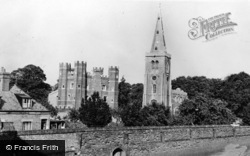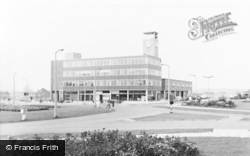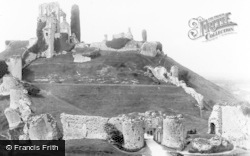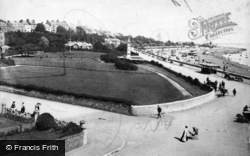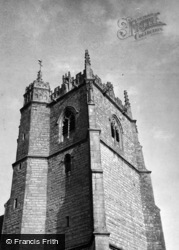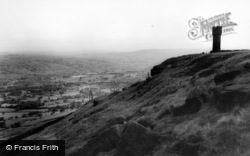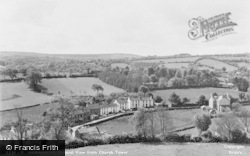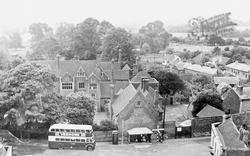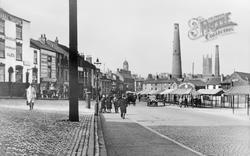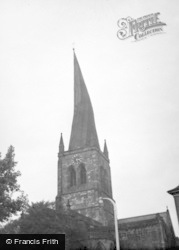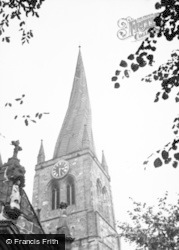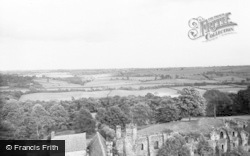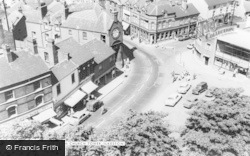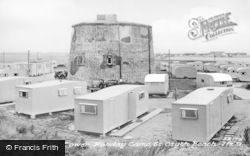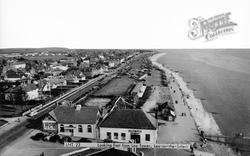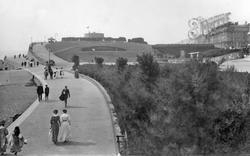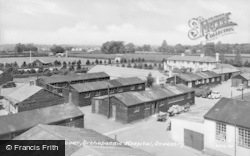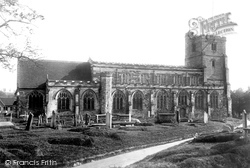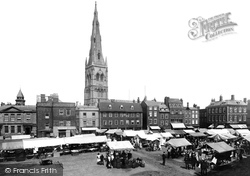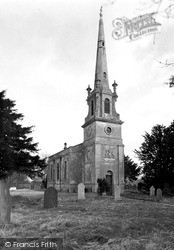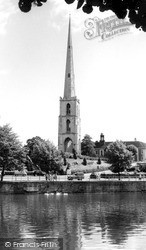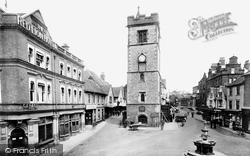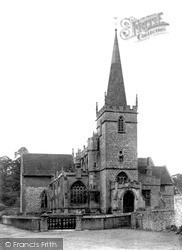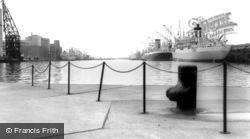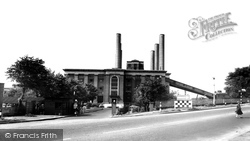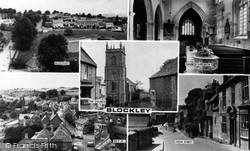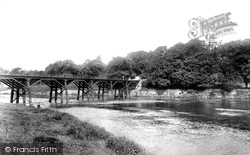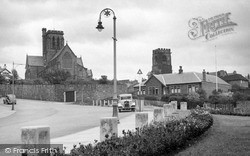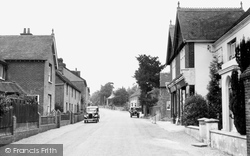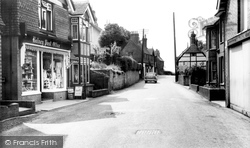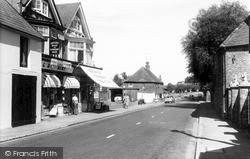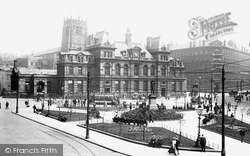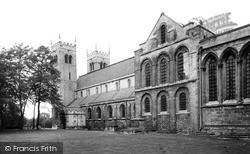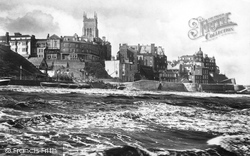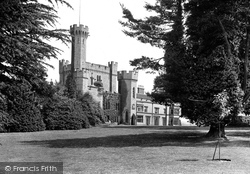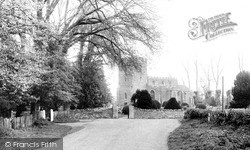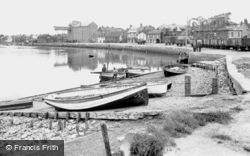Places
36 places found.
Those places high-lighted have photos. All locations may have maps, books and memories.
- Poplar, Middlesex
- Bow, Middlesex
- Bethnal Green, Middlesex
- Stepney, Middlesex
- Alton Towers, Staffordshire
- Isle of Dogs, Middlesex
- Limehouse, Middlesex
- Spitalfields, Middlesex
- Barjarg Tower, Dumfries and Galloway
- Bromley, Middlesex
- Stratford Marsh, Middlesex
- Tower Hill, Merseyside
- Tower Hill, Essex
- St George in the East, Middlesex
- Wapping, Middlesex
- Globe Town, Middlesex
- Old Ford, Middlesex
- Cubitt Town, Middlesex
- Tower Hill, Cheshire
- Tower Hill, Surrey
- Bow Common, Middlesex
- Mile End, Middlesex
- Millwall, Middlesex
- Ratcliff, Middlesex
- Warmley Tower, Avon
- Tower Hill, Hertfordshire
- Tower End, Norfolk
- Tower Hamlets, Kent
- Tower Hill, Devon
- Tower Hill, West Midlands
- Blackwall, Middlesex
- North Woolwich, Middlesex
- Hackney Wick, Middlesex
- Shadwell, Middlesex
- South Bromley, Middlesex
- Tower Hill, Sussex (near Horsham)
Photos
2,720 photos found. Showing results 2,341 to 2,360.
Maps
223 maps found.
Books
1 books found. Showing results 2,809 to 1.
Memories
637 memories found. Showing results 637 to 637.
Captions
3,036 captions found. Showing results 2,809 to 2,832.
He imposed his personality on all but the 1507 west tower and the chancel arch: the windows are entirely his own, for example.
The south wall of the tower has an impressive clock, with the figure of Father Time, supposedly paid for out of the profits from the parish farm, which was ostensibly operated for the benefit of the
The 252 ft spire of St Mary Magdalen towers over the Market Place.
The finest feature is its tower with angle volutes and vases crowned by a slim spire.
St Andrew's Church was demolished in 1947 but the medieval tower, with its elegant spire of 1751, was allowed to remain.
A rare surviving example of an English belfry, the Clock Tower, built in 1411, stands at the centre of the city with the narrow mediaeval street of French Row on its left and the wider Market Place on
We can see the porch attached to the west tower, and also the good proportions of the building. Inside, the wide three-bay nave is tall and light with thin piers.
Canary Wharf is the most famous; its gigantic office tower, 824 feet (251 metres) high, was started in 1987, and now in 2002 has been joined by two others.
Ferrybridge is ideally placed for a major power station - coal could be delivered on the adjacent River Aire, and so from 1927 for thirty years Ferrybridge 'A' Power Station, seen here, generated
In the early 14th century, Sir Richard Hoghton and his wife, Sybilla de Lea, presided over an estate which was was already over 40,000 acres.The Tower will always be associated with the visit of
The south wall of the tower has an impressive clock, with the figure of Father Time, supposedly paid for out of the profits from the parish farm, which was ostensibly operated for the benefit of the
A large village, equidistant from Moreton in Marsh and Chipping Campden but not distant enough to develop into a market town itself, Blockley harnessed the water power of its deeply cleft valley
Avenham Tower can be seen in the trees to the right, and the paths lead away to Frenchwood.
Our predecessors, building in an age of great material prosperity, decided that a building adequate to meet the needs of the future could hardly be built around the old tower because it would dwarf it.
The 14th-century church of St Peter has an impressive tower. Ardingly College, situated nearby, is a notable Public School.
The 13th-century church of St Mary Magdalene has a massive 16th-century tower with rounded pinnacles, which houses a peal of eight bells. The public house is appropriately named the Eight Bells.
The local coastline is noted for Martello coastal defence towers, dating from the Napoleonic Wars.
Behind the Post Office is the Parish Church with its 16th-century tower - it became a cathedral in 1918.
The church of St Mary, off to the right, dates from 1120, with a tower of 1667. Born in the village was the 'mouse man', wood carver and furniture maker Robert Thompson (1876-1955).
The transepts with their two storeys of arches date from the 1920s and 1930s, while a modern central tower with a slender spire and a choir was erected from 1966 to 1974 by Laurence King.
With its imposing 160ft-high tower, Cromer church was erected in the reign of Henry IV and dedicated to St Peter and St Paul.
His castle was originally the ancient manor house of the Lyttleton family, Arley Hall, and huge sums of money were spent in converting it to a medieval-style castle with four massive towers
Standing on the bank of the Great Ouse about a mile from the centre of Kempston, the parish church is a stone building wherein the tower, at least, is Norman in origin.
Freight in the loaded open railway wagons, at the middle ground, awaits either marine or rail transportation, whilst the distant fixed supported gantry, leading into a towering warehouse,
Places (38)
Photos (2720)
Memories (637)
Books (1)
Maps (223)


